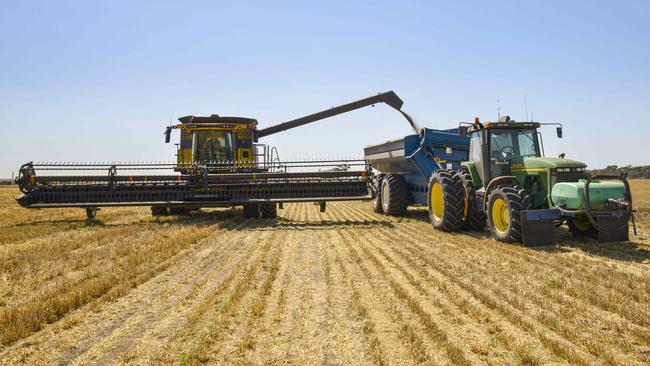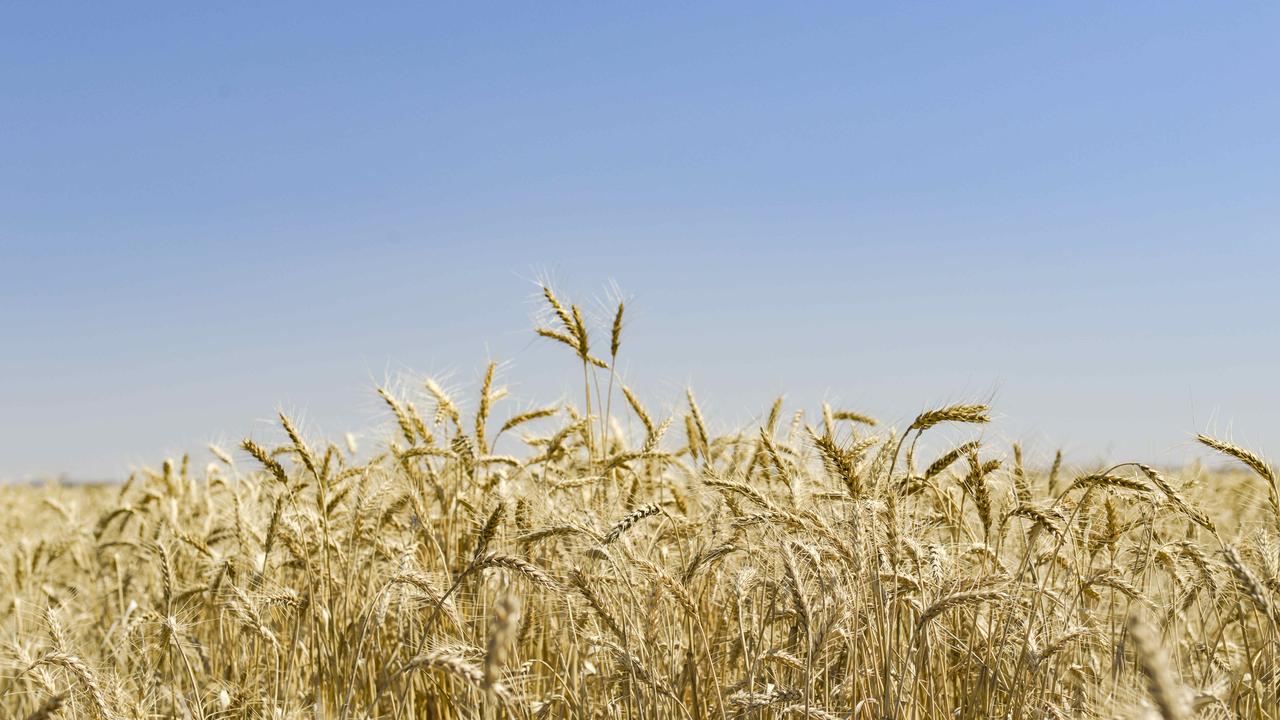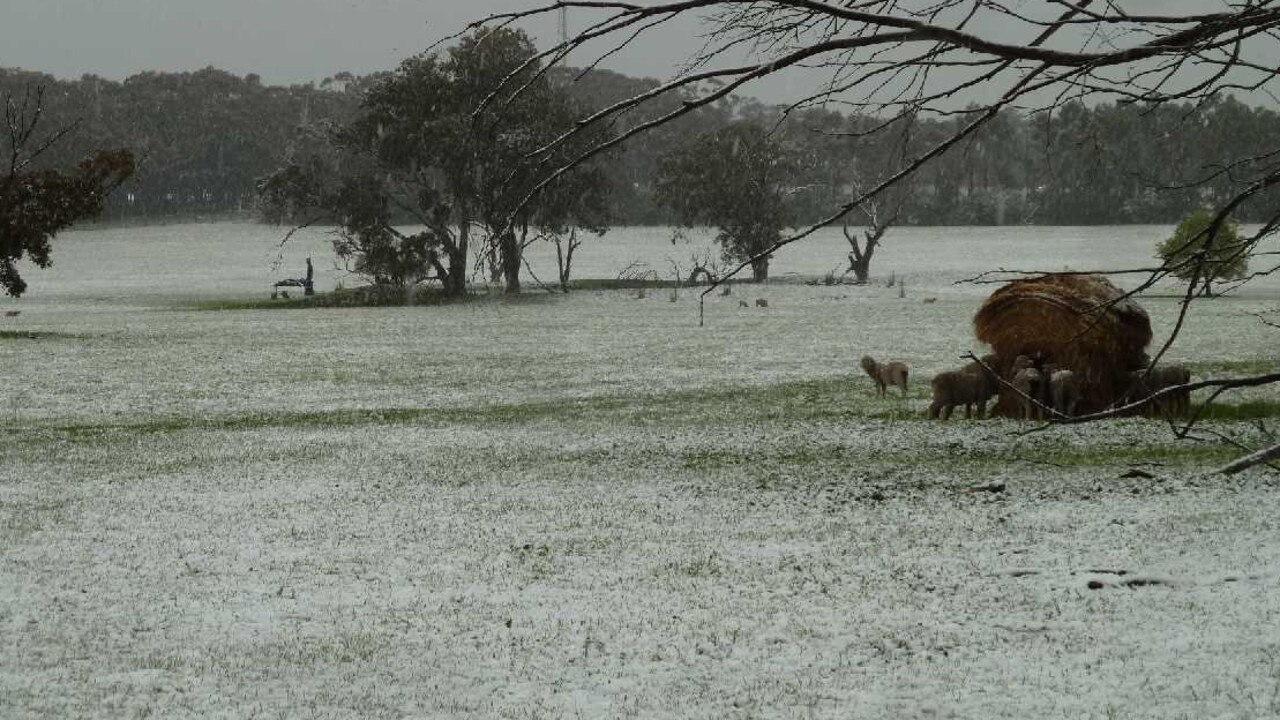New crop prices firmer, but turnover thin
Light sales prompted more grain demand and stronger prices this week, offering growers some confidence.

IN thin trade, new crop grain prices are firmer this week, giving growers confidence there is life in the markets.
Deliveries to Melbourne in the December and January harvest slots are stronger with Australian Standard White wheat quoted at $298 a tonne up $4 and BAR1 grade barley up $6 to $245 a tonne.
Light selling from both growers and traders is believed to be behind the additional demand as global futures markets open this week with little change from last week.
The recent sharp rise in Chicago wheat futures, inspired by traders covering some short positions, has run its course.
Chicago futures saw little change, with values up $0.80/tonne last week and Paris wheat futures were $2.20 a tonne lower.
Encouraging additional sales of corn to China have been countered by favourable weather for the maturing US corn and soyabean crops.
With the crops advancing well in southeastern Australia, growers are increasingly drawn to consider new crop sales.
However, in such a quiet market, the market is vulnerable to trend lower under selling pressure.
There is a tendency for traders to accumulate grain in a more conservative manner than in the past due to previous losses in trading books.
New crop ASX wheat futures opened this week unchanged at $295 a tonne. That represents a $10.80 a tonne basis premium to December wheat futures on the Chicago exchange.
Although US wheat does not always represent the true competition in the world market, it is relatively rare to see wheat trading at such a low premium to these US futures prices.
The basis hit a similar low for a few months in early 2017 and prior to this it was October 2013 when basis levels touched $10 a tonne over Chicago futures.
This price suggests that eastern Australian wheat needs to be aggressively priced to sell if the crop forecasts are realised.
Last week’s rainfall failed to deliver anything more than a few showers north of the Great Divide in Victoria and this week’s forecast calls for similar falls of 1mm to 5mm.
While cropping paddocks in the northeast of Victoria have full moisture profiles, Wimmera paddocks with large early sown cereal crops are drawing moisture down to levels of summed soil moisture between 10 and 38 per cent of capacity.
Interstate rainfall has reach paddocks in the Geraldton port zone, where 20 to 35mm fell on some desperately dry crops. Only showers are forecast for the wheat belt of WA this week.
MORE
GRAIN PRICES LIFT ON RISING DEMAND WHILE RUSSIAN FORECAST DROPS


